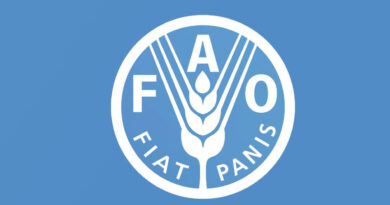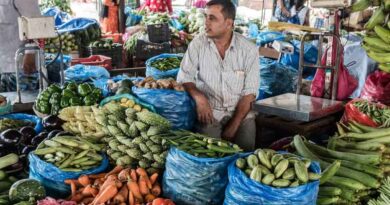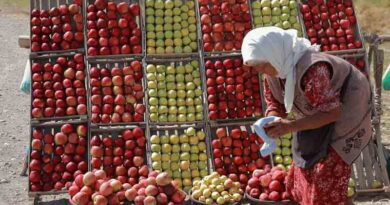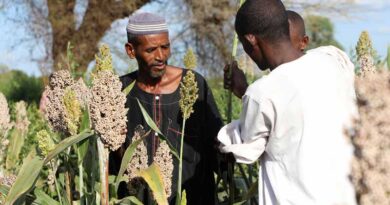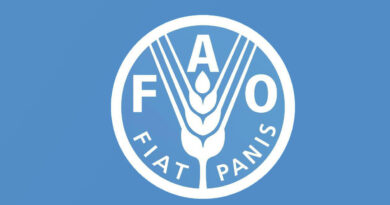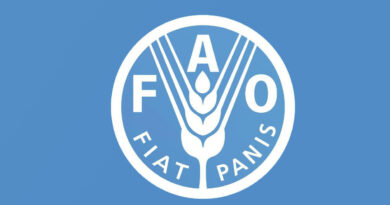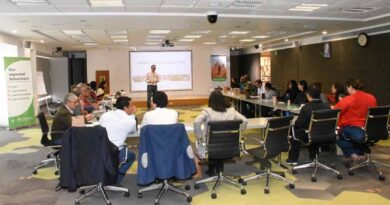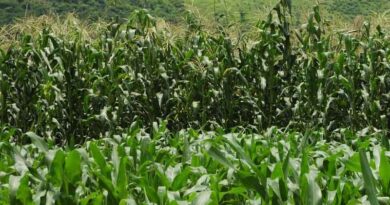Global Crisis: 1.7 Billion People in Urban and Peri-urban Areas Face Food Insecurity
04 July 2024, Italy: As urbanization continues to reshape our world, the focus on urban and peri-urban food systems becomes increasingly crucial. The latest report from the High Level Panel of Experts on Food Security and Nutrition (HLPE-FSN) of the UN Committee on World Food Security (CFS), titled “Strengthening urban and peri-urban food systems to achieve food security and nutrition, in the context of urbanization and rural transformation,” and launched today sheds light on this critical issue.
This groundbreaking report challenges prevailing narratives: contrary to common belief that picture the rural areas as more vulnerable to food insecurity and malnutrition, it shows that over 3/4 of the world’s food insecure population are in urban and peri-urban regions; in other words, of the 2.2 billion moderately and severely food‑insecure people in the world, 1.7 billion live in urban and peri-urban areas.
“With 1.7 billion people facing food insecurity in urban and peri-urban areas, we can no longer ignore the need for targeted interventions and investments”, HLPE-FSN Jane Battersby, lead author of the report, explained during the launch. “This report underscores the urgent need for specific policies to address the complexities of urban food systems and provides a roadmap for policymakers to ensure no one is left behind in our urbanizing world”, she concluded.
The report presents the last available data and shows regional and spatial differences. It finds that food insecurity is higher among women than men because of differential exposure to shocks and differences in education, income, opportunities, social networks, and entitlements.
“The right to food is a fundamental human right, yet, due to socio-economic disparities, food insecurity is high and highly unequal in urban and peri-urban settings”, Akiko Suwa-Eisenmann, Chairperson of the HLPE-FSN stressed. These disparities worsened over the COVID-19 pandemic due to loss of livelihood and income, lower access to school food programmes (hence, increase in demand for food within households), and a substantial increase in caregiving responsibilities competing with food systems’ activities.
Food insecurity and malnutrition in urban and peri-urban areas are found to be shaped by food systems and other systems such as housing, water, energy, sanitation, waste and transport. The report also highlights how urban and peri-urban regions are sites of innovation and economic opportunity and the epicentres of nutrition new habits: urban diets have more animal-source foods, fruits and vegetables, oils, sugar, salt, and ultra-processed foods. This dietary pattern has some advantages for urban populations (higher consumption of fruits and vegetables), but is also typified by higher consumption of oils, sugar, salt and ultra-processed food, which, combined with less physical activity, lead to an increase in overweight and obesity, including childhood obesity.
Obesity prevalence has increased over the last several decades in both high-income countries and low- and middle-income countries, where it is increasing particularly rapidly and is projected that low- and middle-income countries will account for three quarters of the world’s obese population by 2025. In this case also, women are found to have much higher obesity rates than men.
Key highlights of the report include:
- Assessment of challenges: the report identifies bottlenecks in achieving food security and nutrition in urban and peri-urban areas, emphasizing the need for tailored interventions.
- Linkages with other systems: it explores how urban and peri-urban food systems intersect with water, energy, and mobility systems, crucial for achieving food security and nutrition goals.
- Transformation and equity: strategies for transforming urban food systems to be more equitable, accessible, sustainable, and resilient are discussed.
- Policy recommendations: the report provides action-oriented policy recommendations aimed at policymakers to address the unique challenges of urban and peri-urban food security and nutrition.
Chapters of the report delve into various aspects, including challenges and opportunities in food system activities, governance issues, and policy instruments for change. It emphasizes the importance of multi-level governance and addressing structural inequalities. According to Danielle Resnick, who is one of the members of the drafting team and a Senior Research Fellow at the International Food Policy Research Institute (IFPRI), “Better understanding multi-level governance issues and urban political economy is fundamental to achieve genuine policy commitment for tackling the food system challenges in cities around the world.”
The launch event on July 2nd brought together world-renowned experts, policymakers and various stakeholders from the private sector and the civil society to discuss the report’s findings and chart a way forward for urban food security and nutrition.
Representatives from different countries and specialized United Nations agencies and programmes – FAO, WFP, IFAD, UN Nutrition – as well as other international scientific bodies, such as the International Panel of Experts on Sustainable Food Systems (IPES-Food) and CGIAR, intervened during the dynamic debate, facilitating the engagement of more than 1,000 registered participants in a robust discussion on the report’s implications and showing the complementarity and alignment of the HLPE-FSN report with the newest ones by other institutions and organizations on the future of urban food systems.
For instance, a separate report on food security – which is also published on 2nd July by the IPES-Food finds that local markets and food chains demonstrate benefits for access to nutritious food, resilience to shocks, environment, and community cohesion, and calls for action to relocalize food systems.
The overarching recommendation included the necessity to:
- Integrate food system into urban planning and include other sectors in cities for food sensitive planning and design.
- Ensure that urban food policy focuses on affordable, healthy, and nutritious diet for needs of low-income groups.
- Acknowledge and support the role of informal sector and actors, while balancing between food safety and informality.
- Strengthen local and territorial aspects, while recognising that many will continue to depend on food from elsewhere.
- Invest in information technology and digital systems for improving the evidence base policy making, while ensuring the access to technology for informal sector and small food producers.
- Protect decent work and employment in food systems.
(For Latest Agriculture News & Updates, follow Krishak Jagat on Google News)
(+80 Million Farming Audience Visits Krishak Jagat’s Hindi Website – Click Here for Website)


